When we named our daughter Katherine Juliet, friends commented that her name sounded like royalty, or at least like some character out of Shakespeare.
The Kate most talked about in the news in the last couple of years is actual royalty, a real life princess: the beautifully poised young woman who will probably be the next queen of England. I’ve saved some pictures of the wedding of Kate and Prince William (which happened the year I got pregnant with our little Kate) so that she can someday see the beautiful young woman who shares her name. Watching that royal wedding took so many women back to the dreams of their childhood, like watching a real life fairy tale.
Kate is only one month old at the time that I’m writing, but I confess I’ve already developed an inexplicable love for all things pink and frilly. My iHusband didn’t seem to understand why we needed to repaint the nursery or replace some of the blue and green baby accessories we’d bought for our son only two years before. The bedding set we picked out for Kate’s nursery (and by “We” I mean I spent months searching catalogs and websites for just the right decor. The iHusband carried it upstairs.) is a soft pink and chocolate brown. As part of that set we could’ve ordered accessories with little signs for the wall with the word “Princess” in scrolling type, or a matching rug shaped like a big crown. I declined.
Now that I have a daughter, I do feel a certain excitement about a future that includes watching movies about princesses and playing dress-up with gowns, pearls and tiaras. As a girl I loved all the Disney princess movies, the ones that told basically the same story: a princess, beautiful but helpless, finds herself in a dangerous situation (locked in a tower, enslaved to a wicked stepmother, or asleep under a curse). She needs someone to come and rescue her. A prince, of the charming variety, comes along and is enraptured by her loveliness. He fights the battle she needs fought (slays the dragon, climbs her hair, or kisses her sleeping lips even though she hasn’t seen toothpaste for 100 years). She is overwhelmed with gratitude, falls into his arms, and they live happily ever after.
But along with nostalgia for the stories I loved as a little girl, I also have a growing wariness about these fairy tales. I’m starting to realize that although those stories captured my imagination and gave me some of my first dreams of romance, they also did me a great disservice. They planted a desire in me for someone to come along when I was in distress, rescue me from my reality, and carry me away to happily-ever after.
I know I’m not the only one bringing up these kinds of questions. This summer, Disney is trying out a new archetype for a heroine with the release of their new movie “Brave.” I haven’t seen it yet, but discussion online points to it as an attempt on Disney’s part to answer criticisms of their trend towards helpless princesses who need to be rescued. This heroine has no love interest and doesn’t need rescuing. Will little girls love and adore her as much as they have the princesses whose chief attribute was their ability to lie still while waiting for the kiss that would wake them to a new life?
I know it’s not Walt Disney’s fault, but growing up with stories of princesses of the more classic variety I ended up spending a great deal of time and energy looking for that prince, the one who would make my life complete. It turned out that every man I met fell short of that expectation (not to mention bringing with them some problems of their own!) and I was left lonely and confused to begin the search again. It would be hard for me to overemphasize how much that obsession threw me off balance, causing me to over-focus on having a man in my life, charming or not. Because of it I neglected friendships and family relationships, missed lots of opportunities to rely on Jesus, and underestimated my ability to solve my own problems and progress unassisted towards my own happily-ever-after.
I’m not alone. Telling a friend about the new man in her life, one woman said, “We met after my divorce and he was my savior.” Really? I’m sure he’s a great guy and all, but put him on that particular pedestal and he’s sure to fall right off.
That brings to mind a pastor-friend whose grand, cathedral-like church attracted lots of young couples for weddings. He met with each of them for pre-marital counseling and at some point in the interview asked them each to answer a simple and seemingly obvious question: “What is the most important thing in your life?” With stars in their eyes the young love-birds would, without exception, gaze over at their betrothed and say: “He is,” or “She is.” At this point the pastor would stand up at his desk and get stern with them: “Don’t do that! He is going to make a great husband, but he makes a really lousy God.” He’d then talk to them in a gentler tone about what God could provide for them that no human person ever could, and how their marriage would be stronger if they’d let God shine in the role He wanted and their spouse shine in the role they were intended for. Many of those young couples recognized in his words something their hearts had been longing for, and began relationships with Jesus as they began their marriage together. That empty cathedral of a church was soon full of young families growing in faith together.
These are some of the reasons I’ve chosen not to fill my baby daughter’s room with crowns and labels of “princess.” It’s not that I don’t want her to play dress up, to twirl around in gown and tiaras and feel beautiful and sparkly. But I don’t want her to assume from her earliest days that she is the center of our universe or even our household, that she is “The Little Princess” we will cater to. I also don’t want her to cast herself as the helpless maiden in the Disney tales, singing “Someday my prince will come” while life passes her by.
I want to offer Kate a story big enough to build real dreams on. I want her to dream about a story that will capture her imagination and her longings, but I also want those longings to be ones that will actually be fulfilled. I want her to know that yes, she does need a Savior, and that He is the one who can provide the kind of rescue we all need, whether our nursery was decorated in pink or in blue.
I don’t mind if Kate wants to be Cinderella for Halloween, or Sleeping Beauty, but I don’t want her to learn those stories by heart until I have a chance to tell her another story. A true story. The story of Ruth, who will never, ever get cast by Disney.
Here’s what I love about Ruth, the anti-princess:
- She’s from the despised land of Moab (and not the chosen people ofIsrael), but that doesn’t stop her from becoming our heroine. Just the fact that she gets the starring role means that God doesn’t play favorites. He doesn’t withhold his love and blessings because we don’t have royal blood or a fairy godmother or we aren’t the fairest of them all.
- The central relationship of her story is not a romance, but a friendship between women. I want Kate to know that friendships will be some of the strongest and most meaningful blessings in her life, and that she should hold tightly to them, even when she thinks Prince Charming beckons. Ruth’s beautiful words of commitment to her mother-in-law Naomi, the poem of covenant and conversion where she chooses her as family and converts to following Naomi’s God, is one of the most quoted passages of Scripture.
Where you go I will go, and where you stay I will stay. Your people will be my people and your God my God. Where you die I will die, and there I will be buried. May the LORD deal with me, be it ever so severely, if anything but death separates you and me. (Ruth 1:16-17)
The fact that we quote those beautiful words in weddings to make romantic commitments (and not to our friends or mothers-in-law) shows you just how focused we are on romantic love over all other kinds.
- When tragedy strikes and Ruth and Naomi are left without a man to provide for them, Ruth doesn’t cower under the curse of women’s status or lack of it in her culture. She doesn’t bemoan the fact that she has no rights, or that she could be left begging on the streets, or worse. Instead of waiting for Prince Charming to do something about her problems, she gets out and finds a solution herself, working in the fields and bringing home the bacon (or in this case, barley) to support herself and Naomi.
- When Naomi plays matchmaker between Ruth and Boaz, the wealthy owner of the field she’s been working in, the two women are clearly the ones in control of their destinies. Boaz agrees to their plan, but it’s most certainly the women who are writing their fairy tale ending.
Instead of mistaking the romantic relationship of this story for another “Prince Charming” situation where a man rides in on a white horse to save the helpless women, let’s consider the role Boaz plays in the story.
When Naomi realizes that Ruth and Boaz have become acquainted, she speaks her first positive words in the whole story after a long line of “Woe is me” negativity:
He [Boaz] is worthy of praise before Yahweh who has not abandoned his kindness to the living or the dead” Then Naomi said, “That man is our close relative; he is one of our kinsman-redeemers.” (Ruth 2:20)
Boaz is called a Kinsman-redeemer, or a “go-el” in Hebrew. That title describes a role given by the law in Leviticus to a man who would help out a family member in distress by “redeeming” them.
The law ofIsraeldeclared that a kinsman-redeemer was responsible to redeem a relative who had fallen on hard times and needed rescue. This was called the Levirate law. Look up each of these passages and write out any insights you find next to the law as described:
1. If a family member went bankrupt and had to sell their land – the kinsman redeemer – a male relative – would buy the land back for them. (Leviticus 25:25)
2. If a family member was sold into slavery to pay a debt, a kinsman redeemer would buy them back and set them free. (Leviticus 25:47-49)
3. If a woman was widowed without children, a kinsman redeemer was obligated to marry them, have children, and then raise those children as if they belonged to the widow’s deceased husband in order to carry on his line. (Deuteronomy 25:5-10)
This last one is what we find happening in Ruth’s story. A true gentleman, a true go-el, would marry a widow of his closest male relative and give inheritance to those children even though they’d be considered the children of the deceased. If you’re a woman, and you’re married, think about this for a moment. If your husband passed away, and you had to marry his closest male relative, who would that be? That’s a thought worth shuddering about, isn’t it?
The Kinsman-redeemer was someone highly valued by family members because they could count on him to come to the rescue when they were desperate. Besides being a human agent with responsibility to help family members, a Kinsman-redeemer was also definitely an instrument of God. While the human kinsman-redeemer is working in plain sight, the true Redeemer is the one working behind the scenes. Scripture is clear about the fact that God is the ultimate Kinsman-redeemer. Any human person who takes on that role is simply showing the world how God comes to our rescue when we need his help. Scripture uses the word “go-el” to describe God as redeemer.
Ruth and Naomi’s story makes it clear that Boaz is not the prince here. He may be the go-el redeeming them from a life of poverty and hunger, but God is the great go-el behind the scenes, redeeming their story of grief and brokenness, bringing light where before there was only darkness.
The romance in the book of Ruth is a story with a hidden hero. The true Redeemer peeks from behind the scenes, waiting to see if we can find Him whispering an invitation through the story. Transfixed by the happy marriage of Boaz and Ruth, we just might find ourselves caught up in our own love story, one with the Kinsman-redeemer who is at work to claim what is lost. He will not stop until we are found.
Let’s be clear. You do need a rescuer, but you will not find Him in the personal ads. And when rescue that is needed arrives or romance of the most true kind blooms here in this life, He is always the one behind them. He was at work in Ruth’s story all along, romancing her through every circumstance and saving grace. The ultimate goal of every positive turn in her story is that she would recognize and praise Him, not just the prince he sent in to save the day so that He could save the soul.
Move over Snow White. This is the kind of fairy-tale I want my little Princess Kate to find captivating. One she can build dreams on. One where her friendships are some of the greatest loves of her life. One where her own ingenuity solves the problems of the day instead of waiting on someone to ride in on a white horse. One where all of her earthly needs are met through a Redeemer who is sufficient to rescue her from any situation. And when the white horse comes, may the man on it know and follow the same Redeemer, so that the sunset they ride off into together is the one and only true Happily Ever After.
Job 19:25
I know that my Redeemer (go-el) lives,
and that in the end he will stand upon the earth.
I’d love to hear your comments.
Did you grow up idolizing a fairy tale?
Do you encourage your daughters to participate in princess paraphernalia?
Are there certain stories you read/tell/show your children now because you want to create a different dream for them?
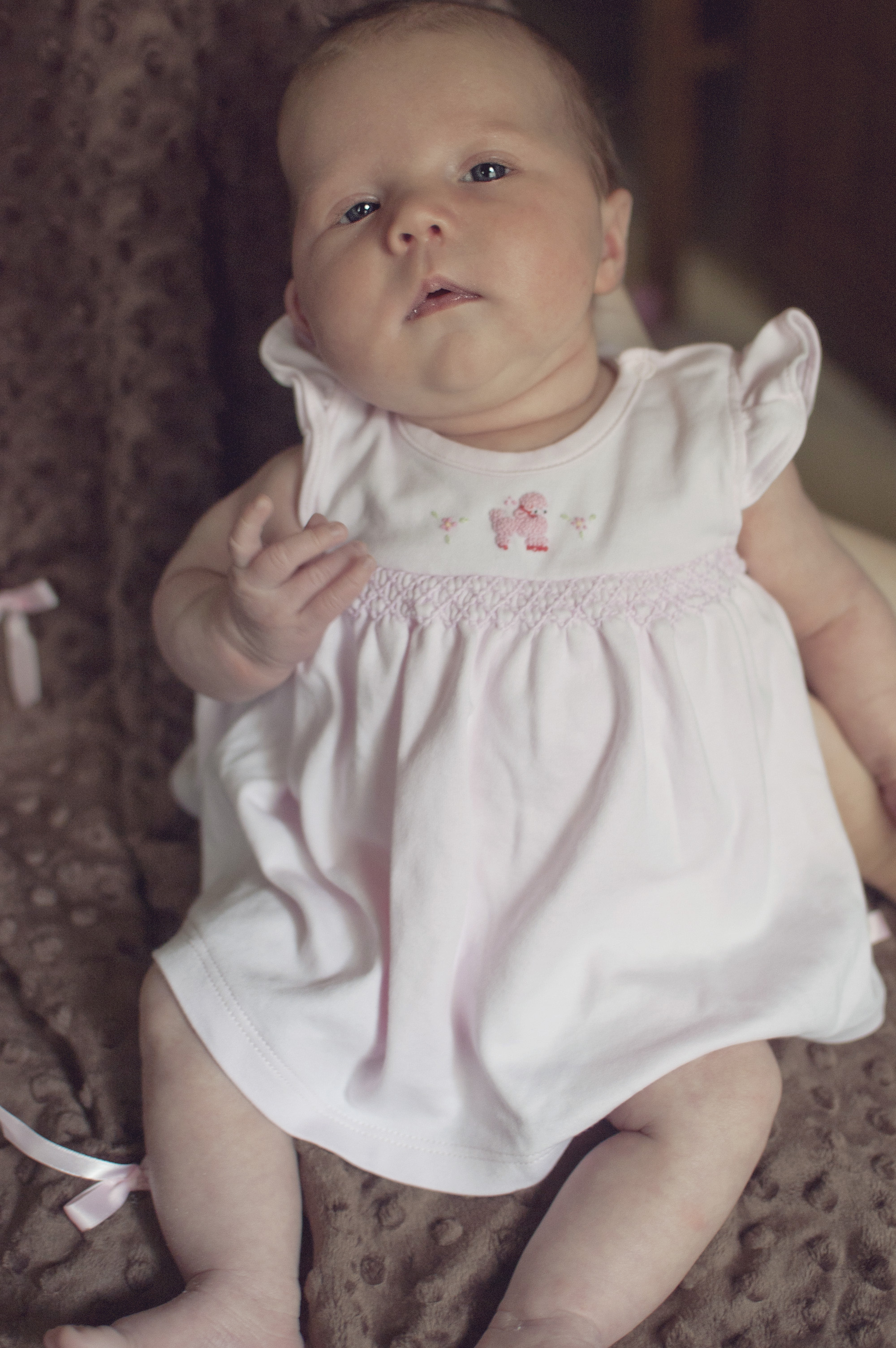
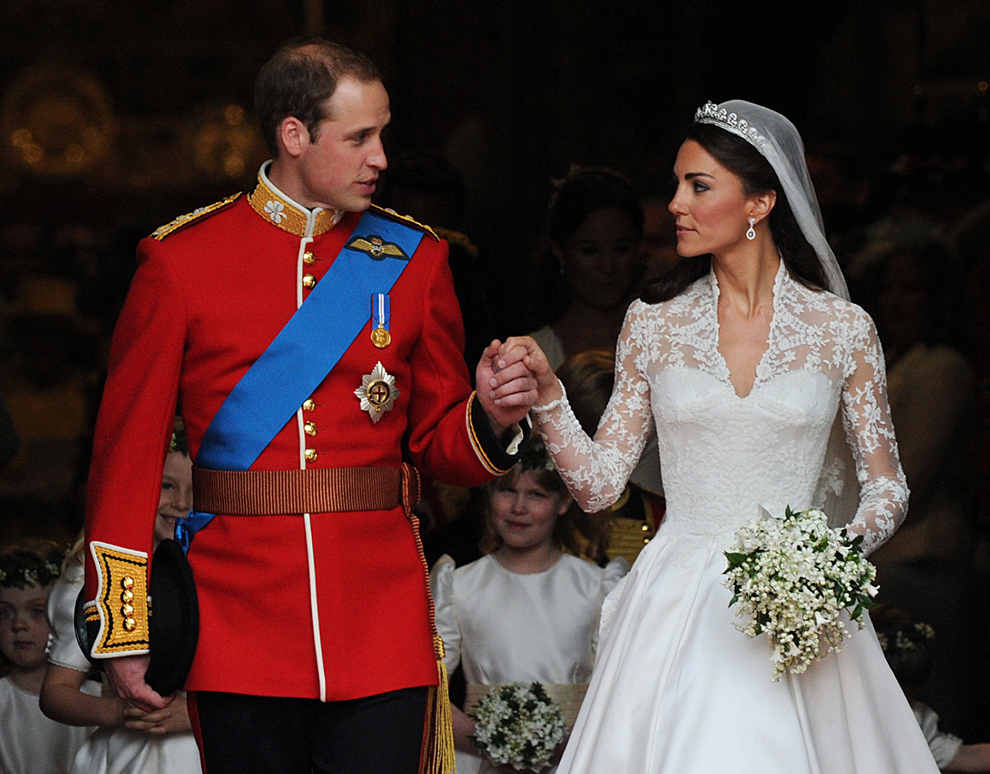
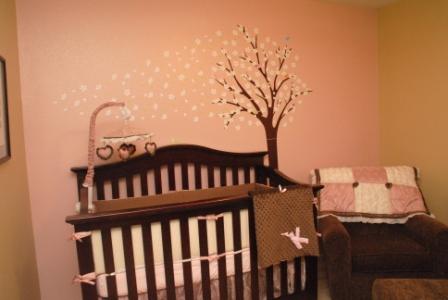
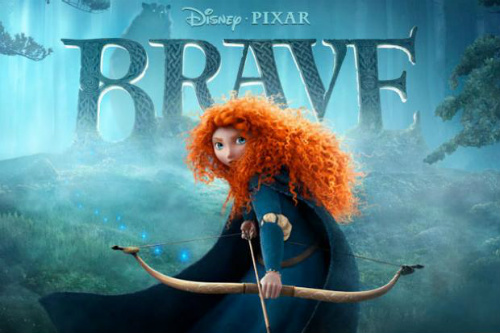
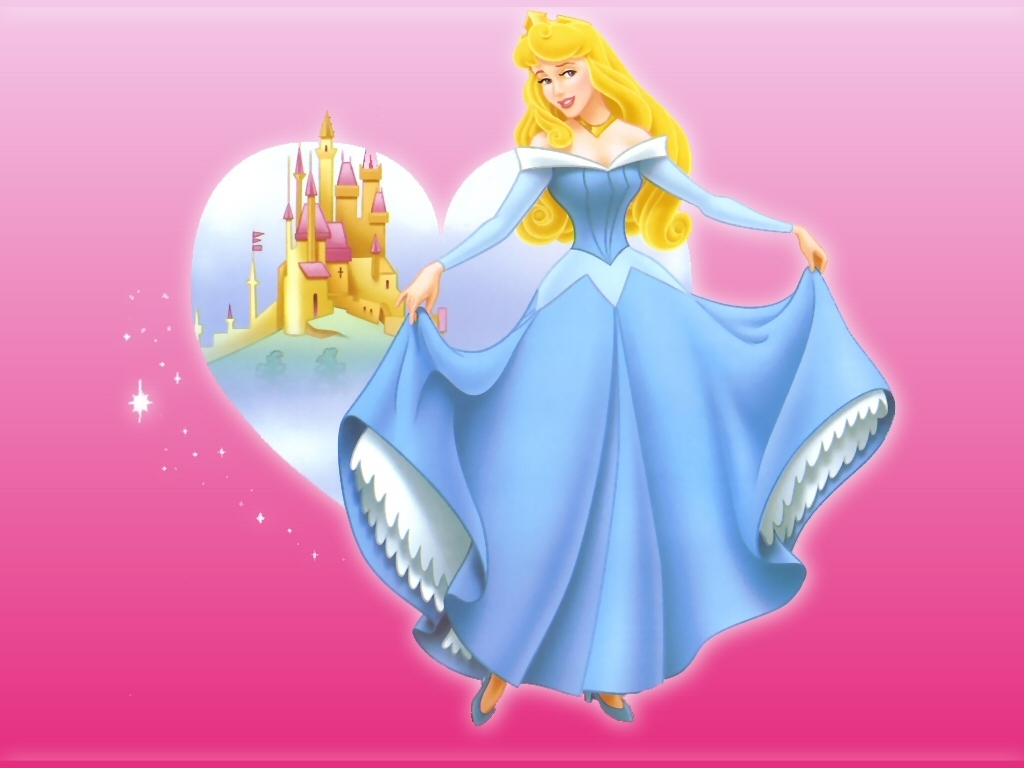
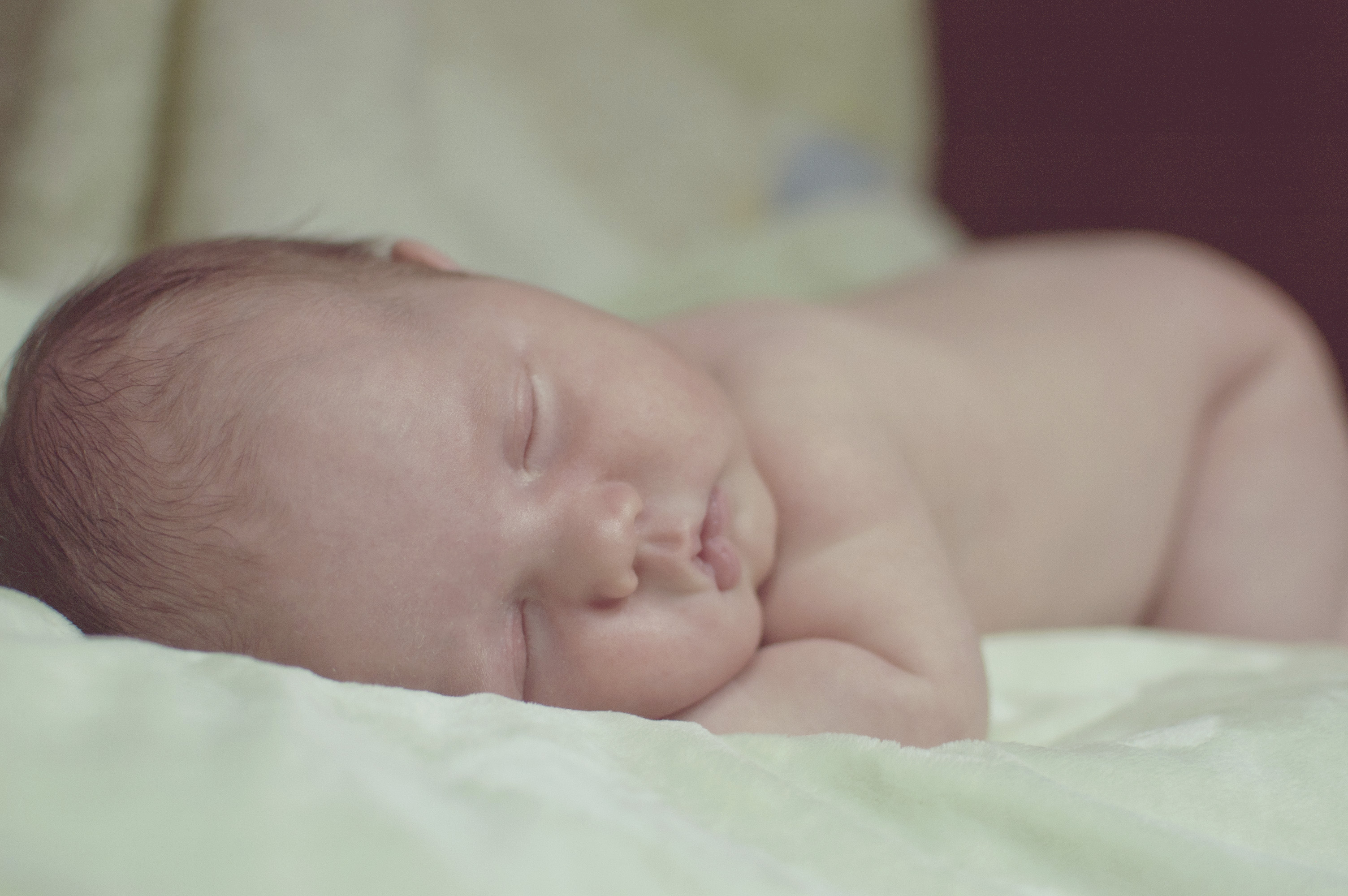
I’ve avoided the princess books and stories. No tiaras ever!! They weren’t entrenched in my childhood and I didn’t grow up searching for the fairytale. I most certainly hope my daughter does not either. As my daugher is named Madeline, I’ve looked to the Madeline books as a character who is strong, independent, brave, and a good friend#traits I hope my Madeline emulates. But it is hard to avoid the idea of princess in our culture and hard to resist the cuteness of a girl in pink and frills and maybe holding a wand. I’ve found the series of Do Princesses….by Carmela LaVigna Coyle to send a positive message. The girl I find so cute in pink and frills and holding a wand is also likely to have disheveled hair and knee stains, a bruise here and there and a “take on the world” attitude. Here is a brief review of one of LaVigna Coyle’s books:
Every inquisitive little girl wonders what it is really like to be a genuine princess. At the heart of Do Princesses Wear Hiking Boots? lives an energetic, spirited, and contemporary child who has lots of important questions for her mom. Do princesses ride tricycles, climb trees, do chores, or have to eat the crusts of their bread? The mother’s voice is timelessly reassuring as she answers her daughter’s questions and advises her that being like a princess has to do with what we are on the inside. An illustrated picture frame surrounds a mirror at the end of the book which answers the little girl’s most important question. This heart-warming book offers a gentle lesson about self-acceptance, and will inspire children to follow their dreams and leave their own mark on the world.
My girls were clowns and butterflies and anything else that caught their fancies. I wanted them to always know that being happy was something only they could control, and no one other person could determine that. Alone, there is only ourselves and our God, so I love your story line here. Kate is lucky you will be guiding her.
My parents kept the Disney princess movies is good perspective for me. They took me to the theater to see them and I had them in story books on my shelf, but that’s as far as it went. My mother always encouraged me to develop myself and to stand on my own two feet. She said that marriage and children may come or may not, but I need to develop myself and know that I’m OK. That was a great gift she gave to me and one that I am endeavoring to hand down to my own Kate. She loves the Disney princesses, but she also loves Star Wars! Let us all point our sons and daughters to the true King! Thanks for your thoughts Jessica.
Oh, I did grow up wishing to be a real princess! My parents had friends from England, and royalty was much talked about in our house. As a matter of fact, an elderly friend named “Flossie Dawson” had me picked out to marry Prince Charles. (Glad that didn’t happen!!!) I had my grandmother’s antique little vanity with an oval mirror in my bedroom, and I would sit in front of it and recite “mirror, mirror, on the wall…” I SO wanted my very own handsome Prince Charming! Then I grew up, thought I married my Prince Charming, and then things fell apart. Infertility and divorce happened, and I was devastated. But then, my real Prince Charming showed up..Jesus! I learned a truth that has been my life’s joy ever since…little girls and big girls alike can trust that Jesus is their true Knight in Shining Armor, and will always be there and loves you for who you are.
Thank you, Jessica, for your writing…it is a joy to read!
What a beautiful story with which to begin my day. With guidance from you and Jim, grandparents and others and, most importantly, God, Kate and Drew can accomplish anything.
As I’ve said to my friends many times, we call our little girls our princesses when they’re little. By the time they’re five or six, we get mad when they act like it! I have three grandsons and one beautiful (she really is – not just in my eyes!) granddaughter, Charlotte. She’s six now and for the past three or so years her favorite books have been the Fancy Nancy series. Nancy lives in a dream world – she loves to dress up and put on airs – but some reality of life always brings her back down to earth. Reading these books with her has given us great conversations about life and her place in it.
Do you think of God as a weaver, Jessica? I see Him as our Master Weaver! He has given each of us our own beautiful Tapestry of Life, weaving golden threads from each Life Lesson learned and from each person known. My own Life Tapestry is on splendid display (on good days) and I find shelter under it (on hard days). I wanted two things when my daughter was born: to Love her greatly and to show her Kindness. Those two requests to my Heavenly Father were woven into her own Life Tapestry. Nicole was made of the stuff of little girls: sugar and spice, and to this day, everything nice. Her nursery was multicolored with no particular theme; the books read at night were of moons and nursery rhymes. I loved her deeply and worried over her as you do with Kate. Here is an encouragement from an older Mom: each night as you tuck Kate in, whisper in your Creator’s ear that you are giving her over to His care once again. He has done an incredible job with my Nicole and Jason; He will do no less with your Drew and Kate.